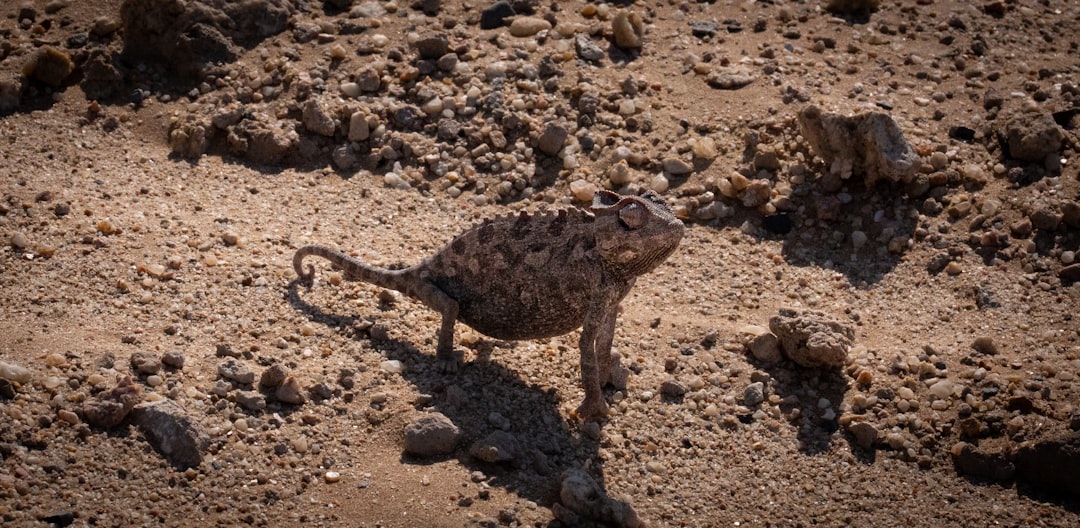
Unleashing Flavor: A Recipe Inspired by the Stress of Confinement in Basilisk Species
Cage confinement can exacerbate stress in captive basilisk species, a truth that resonates beyond the realm of herpetology and into our kitchens. Just as these magnificent creatures thrive in their natural habitats, we too can create a culinary environment that fosters flavor and creativity. Today, we’ll craft a delightful dish inspired by the vibrant energy of the basilisk: a Zesty Basil Pesto Pasta with Grilled Vegetables. This recipe is not only delicious but also highlights the importance of using fresh, natural ingredients—just like a basilisk would in the wild.
Ingredients
- 2 cups fresh basil leaves
- 1/2 cup pine nuts (or walnuts for a twist)
- 1/2 cup grated Parmesan cheese
- 3 cloves garlic, minced
- 1/2 cup extra virgin olive oil
- Salt and pepper to taste
- 12 oz pasta of your choice (spaghetti or penne recommended)
- 2 cups assorted vegetables (bell peppers, zucchini, and cherry tomatoes)
- Juice of 1 lemon
- Optional: Red pepper flakes for heat
Cooking Instructions
Preparing the Pesto
- Blend the Ingredients: In a food processor, combine the fresh basil leaves, pine nuts, grated Parmesan cheese, and minced garlic. Pulse until finely chopped.
- Incorporate the Oil: With the processor running, slowly drizzle in the olive oil until the mixture is smooth and creamy. Scrape the sides as needed.
- Season: Add salt, pepper, and lemon juice to taste. If you like a bit of heat, sprinkle in some red pepper flakes. Set aside.
Cooking the Pasta
- Boil Water: In a large pot, bring salted water to a boil.
- Cook Pasta: Add your pasta and cook according to package instructions until al dente. Reserve 1/2 cup of pasta water before draining.
Grilling the Vegetables
- Preheat the Grill: Heat your grill or grill pan over medium-high heat.
- Prepare the Vegetables: Toss the assorted vegetables in olive oil, salt, and pepper.
- Grill: Place the vegetables on the grill and cook for about 4-6 minutes on each side, or until tender and slightly charred.
Bringing It All Together
- Combine: In a large bowl, toss the drained pasta with the pesto, adding reserved pasta water a little at a time until you reach your desired consistency.
- Add Vegetables: Gently fold in the grilled vegetables, allowing their smoky flavor to meld with the pesto.
- Serve: Drizzle with a touch of olive oil and garnish with additional Parmesan cheese and fresh basil leaves.
Cooking Tips
- Ingredient Selection: Opt for the freshest basil available; this will make a significant difference in flavor. If you can’t find pine nuts, walnuts provide a lovely alternative.
- Texture Matters: For a chunkier pesto, pulse less; for a smoother texture, blend longer.
- Use of Lemon: The acidity from the lemon juice brightens the dish and balances the richness of the pesto.
- Vegetable Variations: Feel free to experiment with seasonal vegetables like asparagus or eggplant, which can add unique flavors and textures.
Pairing Suggestions
This vibrant dish pairs wonderfully with a crisp white wine, such as Sauvignon Blanc, which complements the herbal notes of the pesto. For a non-alcoholic option, serve it with sparkling water infused with lemon and mint.
Mouthwatering Descriptions
Imagine twirling your fork into a bowl of perfectly cooked pasta, coated in a lush green pesto that bursts with the flavor of fresh basil. Each bite reveals the smoky sweetness of grilled vegetables, creating a harmonious blend that transports you to a sun-drenched garden—just like the natural habitat of a basilisk.
Experiment and Share
Don’t hesitate to make this recipe your own! If you’re vegan, substitute the Parmesan with nutritional yeast. Gluten-free pasta can also be used for those with dietary restrictions.
If you enjoyed this recipe, consider subscribing for more culinary delights and tips that embrace the philosophy of natural flavors and creativity in cooking!
Further Reading and Resources
For more on the importance of fresh, natural ingredients, check out The Benefits of Fresh Herbs in Cooking or explore Grilling Techniques for Perfectly Cooked Vegetables.
Before you dive into your culinary adventure, remember: like the basilisk thriving in its rich environment, great flavors come from the right ingredients and a little creativity. Happy cooking!


